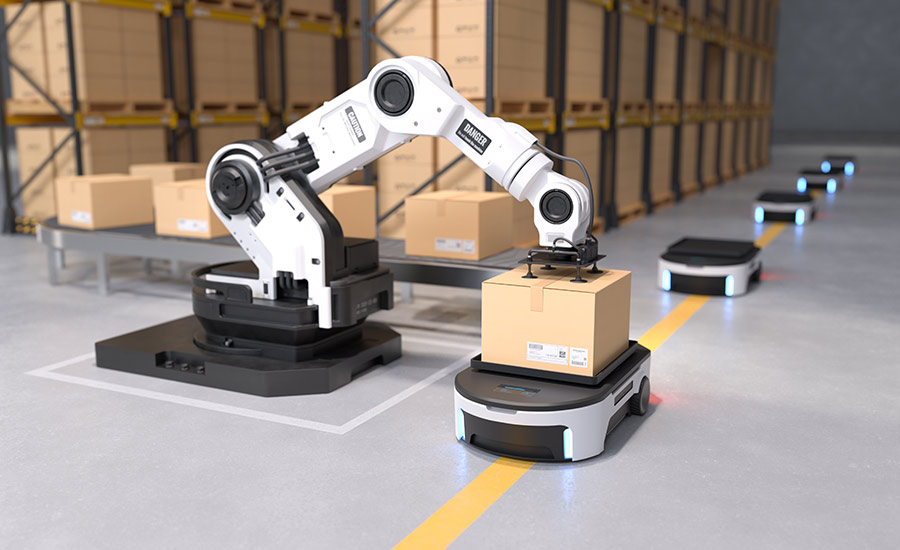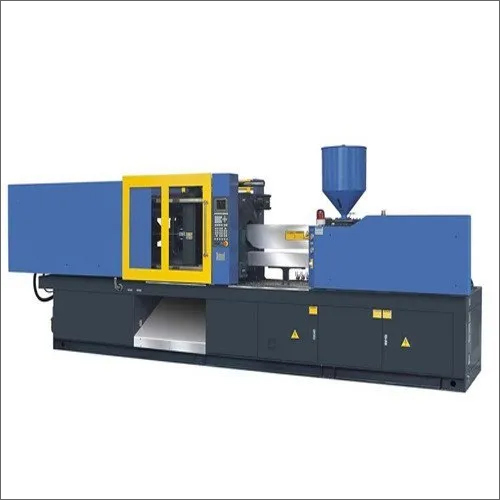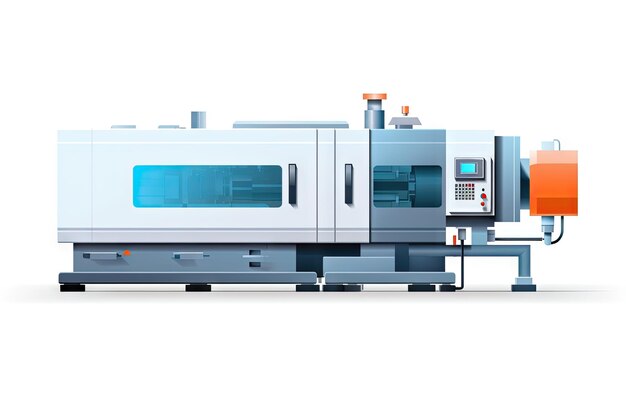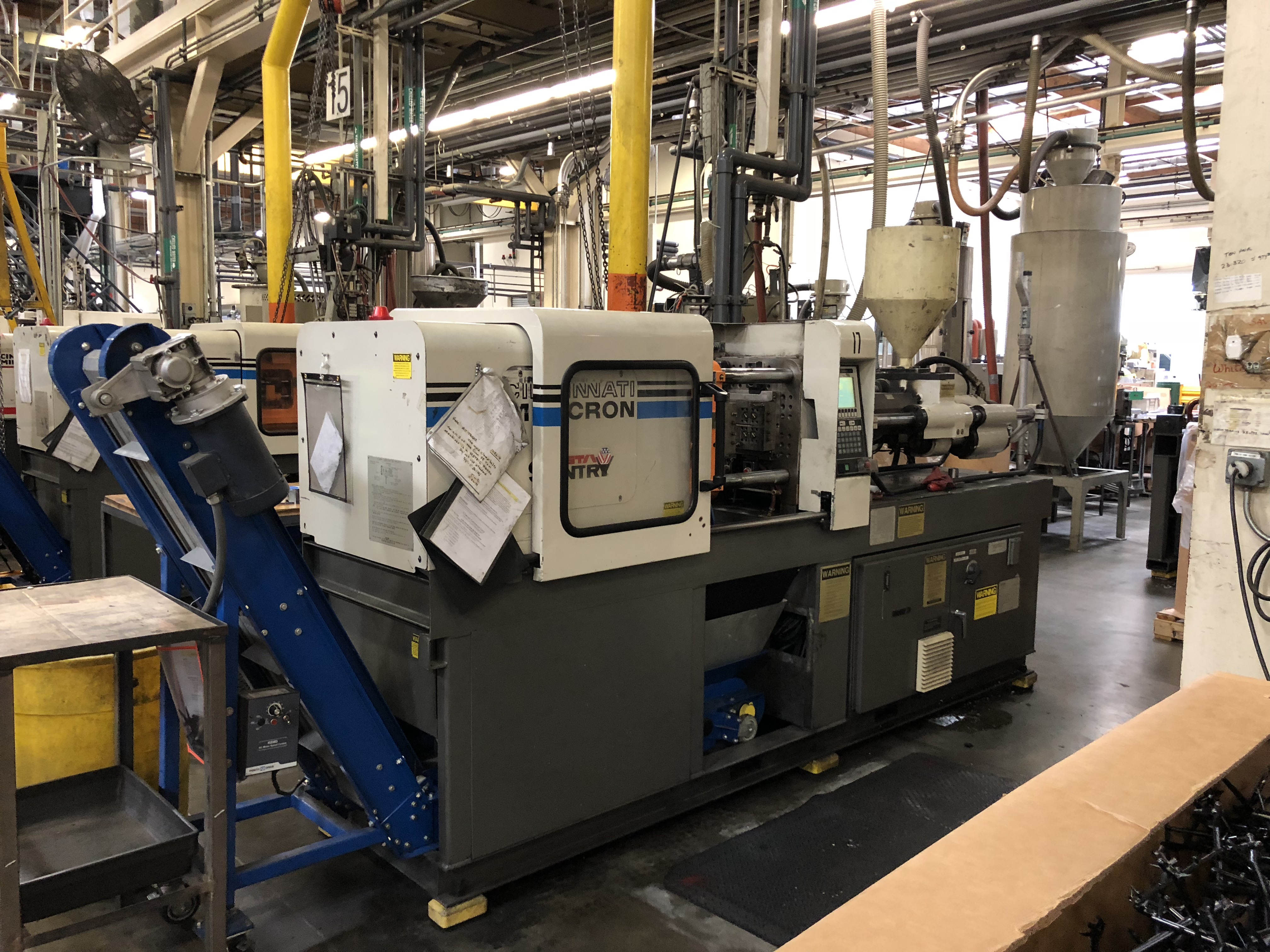How is the Middle East Warehouse Robotics Market Revolutionizing Logistics and Supply Chains?

Strong 8k brings an ultra-HD IPTV experience to your living room and your pocket.
The Middle East Warehouse Robotics Market is currently undergoing a transformative period, driven by a confluence of regional economic diversification, burgeoning e-commerce, and a strategic embrace of advanced technologies. Far from a niche segment, warehouse robotics are rapidly becoming indispensable to the region's ambitious logistics and supply chain goals, promising enhanced efficiency, reduced costs, and greater resilience. Recent developments highlight a clear trajectory towards intelligent, automated, and interconnected warehousing operations.
The E-commerce Surge: A Primary Catalyst
One of the most significant catalysts for the Middle East warehouse robotics market is the explosive growth of e-commerce. As more consumers across the Gulf and wider Middle East shift to online purchasing, the pressure on retailers and fulfillment centers to manage ever-increasing order volumes with faster delivery times has become immense. Warehouse robotics, particularly Autonomous Mobile Robots (AMRs) and Automated Storage & Retrieval Systems (AS/RS), offer a viable solution to these challenges, streamlining order fulfillment, minimizing picking errors, and accelerating processing speeds. The adoption of warehouse robotics is expected to increase significantly as online retailing continues to spread throughout the region, becoming a vital part of current supply chain processes.
Government Vision and Strategic Investments
Government initiatives play a pivotal role in propelling the adoption of warehouse robotics. Countries like the UAE and Saudi Arabia are at the forefront, actively promoting digitization and automation as core tenets of their economic diversification and modernization schemes. Programs such as Saudi Arabia's Vision 2030 and the UAE National AI Strategy outline comprehensive roadmaps for integrating artificial intelligence and robotics across various sectors, including logistics and warehousing. These initiatives often include financial incentives, subsidies, and direct investments in smart technology, fostering a conducive environment for widespread adoption. For instance, Saudi Arabia's development of massive logistics parks, like the automated robotic sorting facility at Jeddah Islamic Port, underscores this commitment to building state-of-the-art infrastructure. DHL Group, for example, has announced plans to invest over EUR 500 million in fast-growing Middle East markets between and including Saudi Arabia and the UAE, specifically focusing on expanding warehousing capacity and integrating advanced technology to optimize operations.
Resilience and Business Continuity Post-Pandemic
The impact of global events, such as the COVID-19 pandemic and ongoing geopolitical complexities, has further underscored the critical need for resilient and adaptable supply chains. The urgency brought about by such disruptions has prompted many Middle Eastern businesses to expedite their robotic automation plans. Warehouse robots have emerged as a key component in maintaining uninterrupted workflows, reducing reliance on manual labor, and mitigating risks within the workplace. This has led to a recognition that automation is not merely a cost-saving measure but a strategic imperative for business continuity.
Key Trends Shaping the Market
Recent news highlights several key trends shaping the Middle East warehouse robotics market:
Advanced AI and Predictive Analytics Integration: The integration of Artificial Intelligence (AI) and predictive analytics is no longer a futuristic concept but a present reality in Middle Eastern warehouses. AI-driven systems leverage machine learning and real-time data to optimize inventory, predict demand, and streamline operations. This goes beyond simple automation, enabling intelligent decision-making, minimizing overstocking, preventing stockouts, and optimizing warehouse layouts and labor allocation. Companies like DP World in Dubai's Jebel Ali Free Zone are already integrating AI-powered tracking and automated storage solutions.
Focus on Scalability and Flexibility: Businesses are increasingly prioritizing automation solutions that offer flexibility and scalability. Modular systems, such as those that allow for the easy addition of more robots to meet peak demand without significant upfront overinvestment, are gaining traction. This adaptability is crucial in the dynamic Middle Eastern market, where businesses need to respond quickly to fluctuating consumer demands and market conditions.
Growth in Mobile Robotics Deployment: Autonomous Mobile Robots (AMRs) continue to be a dominant force in the market. Their ability to independently navigate warehouse floors to transport goods, coupled with their ease of deployment without major changes to existing infrastructure, makes them highly attractive, especially for e-commerce fulfillment. Companies like Geek+ have established robotic fulfillment centers in Saudi Arabia, deploying hundreds of robots for goods-to-person picking and order sorting processes. Hai Robotics has also teamed up with UAE-based SPAN group to offer robotics and automation solutions across the MENA region.
Enhanced Safety and Workforce Optimization: Automation, particularly through collaborative robots (cobots), is enhancing workplace safety by automating repetitive and physically demanding tasks. This allows human workers to focus on more complex and less hazardous activities, improving overall operational efficiency and employee well-being. AI is also assisting in enhanced workforce planning, using predictive models to optimize staffing levels based on incoming order volumes and peak seasons.
Sustainability as a Driving Force: The push for sustainability is also influencing warehouse automation. Energy Management Systems (EMS) are being implemented to track, analyze, and optimize energy use in real time, identifying inefficiencies and automating energy-saving actions. Right-sized packaging automation also reduces material waste and transportation emissions, aligning with regional sustainability goals. Companies are exploring greener delivery options, including electric vehicles and potential drone delivery systems.
Challenges and the Path Forward
While the outlook is overwhelmingly positive, challenges remain. The high initial acquisition cost of advanced robotics systems continues to be a significant barrier for some enterprises, particularly small and medium-sized businesses, as the return on investment can take time to realize. Furthermore, the integration of new AI-driven solutions with legacy warehouse management systems can be complex, and a lack of standardized protocols can hinder widespread adoption. The demand for skilled labor to manage and maintain these sophisticated systems also presents a challenge that the region is actively addressing through education and training initiatives, with calls for increased training programs for warehouse staff.
Despite these hurdles, the Middle East Warehouse Robotics Market is poised for continued robust growth. The strategic geographic location, coupled with proactive government policies, increasing e-commerce penetration, and a growing recognition of the operational efficiencies and cost advantages offered by robotics, cement the region's position as a leader in adopting cutting-edge robotic solutions. As the Middle East progresses towards its technology-driven future, warehouse robotics will undoubtedly play a crucial role in shaping the efficiency, resilience, and competitiveness of its logistics and supply chain landscape.
Note: IndiBlogHub features both user-submitted and editorial content. We do not verify third-party contributions. Read our Disclaimer and Privacy Policyfor details.







